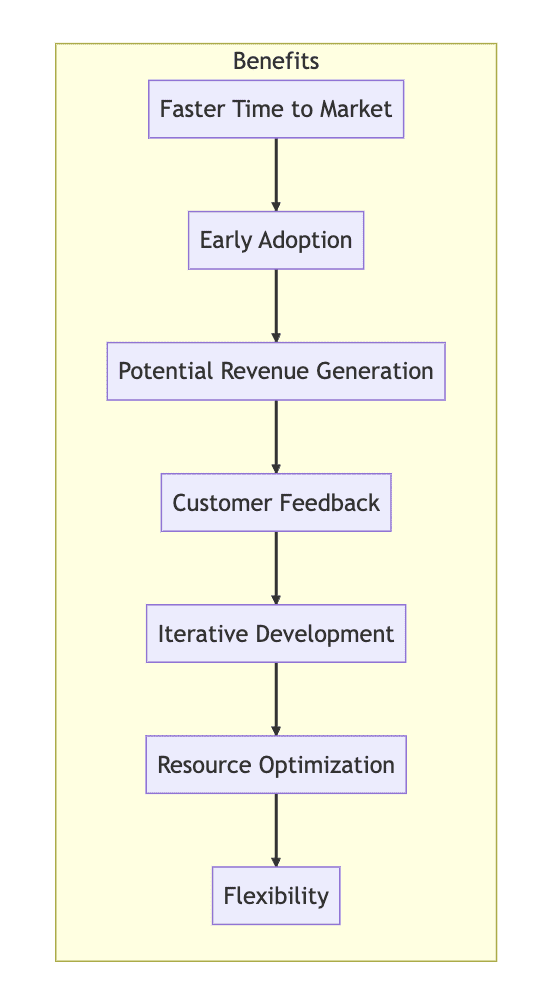
In Agile project management, the Minimum Viable Product (MVP) is a key concept that focuses on delivering a version of the product with the minimum necessary features to provide value to customers. This concept allows teams to gather early feedback, validate assumptions, and make iterative improvements based on customer input. Let’s explore the MVP further, including its purpose, benefits, and real-life examples.
I. The Purpose of the Minimum Viable Product (MVP)
A. Delivering Value Early and Continuously
The MVP approach emphasizes delivering value to customers as early as possible in the product development process.
By releasing a functional version of the product with core features, the team can gather feedback and validate the product’s viability.
B. Testing Assumptions and Reducing Risk
The MVP allows teams to test assumptions and validate their product idea before investing significant time and resources.
It helps reduce the risk of developing a product that does not meet customer needs or lacks market demand.
II. Benefits of the Minimum Viable Product (MVP)
A. Faster Time to Market
Releasing an MVP enables teams to bring a product to market faster, gaining a competitive advantage.
It allows for early customer adoption and potential revenue generation.
B. Customer Feedback and Iterative Development
The MVP serves as a learning tool, gathering valuable feedback from early users.
Customer feedback guides iterative development, ensuring the product evolves to meet customer needs effectively.

C. Resource Optimization and Flexibility
Focusing on the minimum set of features reduces wasted effort on unnecessary functionalities.
The team can prioritize resources on essential features, adapting to changing requirements and market conditions.
III. Real-Life Examples of the Minimum Viable Product (MVP)
A. Dropbox
Dropbox initially launched as an MVP, offering a simple file-sharing solution with limited features.
The team used early feedback to refine the product, incorporating additional functionalities based on user needs.
B. Airbnb
Airbnb started as a minimum viable website, allowing homeowners to list their properties and rent them out.
Through iterative development and continuous user feedback, Airbnb expanded its features and became a global accommodation marketplace.
C. Instagram
Instagram’s MVP was a photo-sharing app with basic editing capabilities and social networking features.
The team leveraged user feedback to enhance the app, adding filters, video sharing, and additional features over time.
Conclusion:
The Minimum Viable Product (MVP) is a powerful concept in Agile project management that enables teams to deliver value early, validate assumptions, and iteratively enhance the product based on customer feedback. By focusing on essential features, teams can optimize resources, reduce risks, and create a product that meets customer needs effectively. Real-life examples such as Dropbox, Airbnb, and Instagram demonstrate the success of the MVP approach in driving innovation and market growth.

